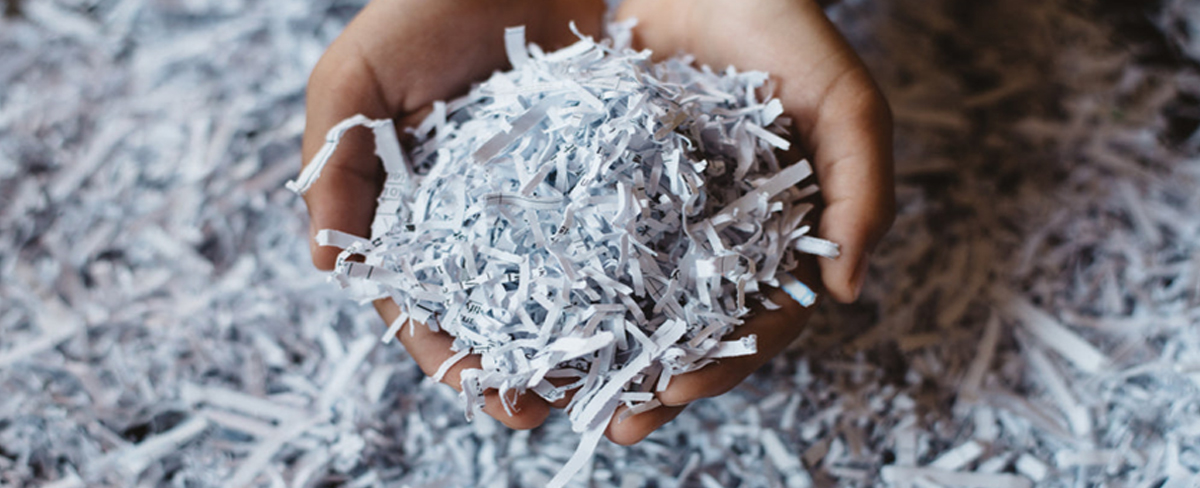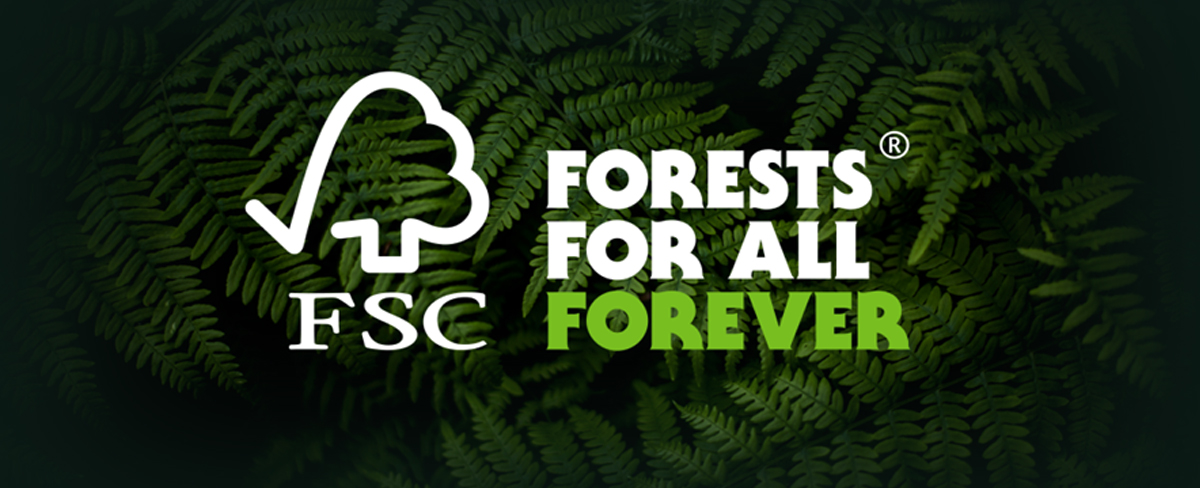Every year, millions of trees are cut down to meet the global demand for paper and wood products, while tons of plastic waste from pens, binders, and other stationery items pile up in landfills. This rampant deforestation and plastic pollution not only devastates our forests and oceans but also contributes to climate change, loss of biodiversity, and severe environmental degradation.
Due to these pressing challenges, the need for sustainable solutions has become more urgent than ever. Enter Eco-friendly stationery—a promising alternative designed to reduce our environmental impact. But what exactly is eco-friendly stationery, how is it made, and is it truly a better alternative or just another marketing gimmick?
What is Eco-Friendly Stationery?
How Eco-Friendly Stationery Differs from Traditional Options
Types of Eco-Friendly Stationery
Recycled stationery is crafted from paper that has already been used. Old paper is collected, processed, and transformed into new paper products.
This process conserves resources by reusing existing paper rather than requiring new raw materials. It helps reduce waste and energy consumption, supporting a more sustainable paper production cycle.
How Is Eco-Friendly Stationery Made?
1. Agro Waste-Based Stationery Production
The process of making agro-waste-based stationery begins with collecting by-products from agricultural activities. Here’s a simple breakdown of the process:
- Collection: Agricultural by-products like sugarcane bagasse or rice husks are gathered after the main crops have been harvested.
- Preparation: These by-products are cleaned and processed to remove impurities. They are then shredded or pulped to create a fibrous material.
- Pulping: The prepared material is mixed with water and blended into a pulp. This pulp forms the base for making paper.
- Sheet Formation: The pulp is spread onto screens or moulds to form sheets. These sheets are pressed to remove excess water and dried.
- Finishing: Once dried, the paper is cut and packaged for use.
This process helps to make use of materials that would otherwise go to waste, turning them into valuable paper products.
2. Recycled Stationery Production
Recycled stationery is made from paper that has already been used. Here’s how the recycling process works:
- Collection: Used paper products, such as old newspapers or office paper, are collected for recycling.
- Sorting: The collected paper is sorted to remove any contaminants like plastic or metal.
- Pulping: The sorted paper is shredded and mixed with water to create a slurry or pulp.
- Cleaning: The pulp is cleaned to remove ink and other impurities.
- Sheet Formation: The clean pulp is spread onto screens or moulds, forming new paper sheets. These sheets are then pressed to remove excess water and dried.
- Finishing: The dried paper is cut, processed, and prepared for use as recycled stationery.
This method not only conserves resources by reusing existing paper but also reduces the need for new raw materials, making it an environmentally friendly option.
How to Identify Genuine Eco-Friendly Stationery
Tips for Identifying Genuine Eco-Friendly Stationery
- Check Certifications: Look for recognized environmental certifications such as FSC (Forest Stewardship Council) or recycled content labels. These certifications indicate that the products meet specific sustainability standards.
- Review Material Sources: Verify what materials are used in the stationery. Genuine eco-friendly products should use sustainable sources like agro-waste or recycled paper. Be cautious of products that don’t provide clear information about their material origins.
- Assess the Manufacturing Process: Investigate the production methods used. Sustainable practices include using energy-efficient processes and minimizing waste. Companies should be transparent about how their products are made.
- Look for Transparency: Authentic eco-friendly brands will be transparent about their sustainability practices and will provide detailed information about their product’s environmental impact. Avoid brands that are vague or non-specific about their eco-friendly claims.
- Evaluate Packaging: Eco-friendly stationery should also come with sustainable packaging. Products wrapped in excessive plastic or non-recyclable materials might not align with the brand’s sustainability claims.
- Read Reviews and Research Brands: Research the brand’s reputation and read reviews from other customers. Genuine eco-friendly brands will often have positive feedback from consumers who value sustainability.
By paying attention to these points, you can make more informed choices and support companies like Fortune Enterprises that genuinely prioritize environmental responsibility
In the face of environmental challenges like deforestation and plastic pollution, eco-friendly stationery emerges as a real and effective solution, not just a marketing gimmick. By choosing products made from agro-waste or recycled materials, you’re supporting sustainability and reducing your ecological footprint.
At Fortune Enterprises, we stand by our commitment to genuine sustainability. Our eco-friendly stationery is crafted with care, ensuring that every product contributes positively to the environment.
Make a meaningful choice today. Explore our range of sustainable stationery solutions and join us in making a difference for the planet.
Contact us to discover how our genuine eco-friendly products can meet your needs and support a greener future.






